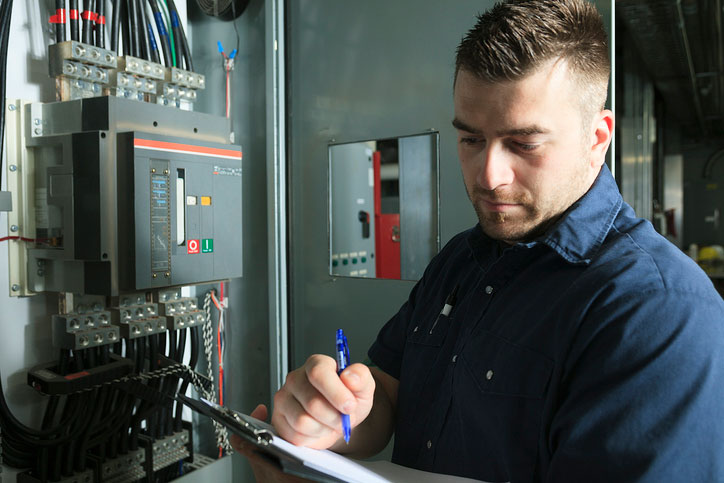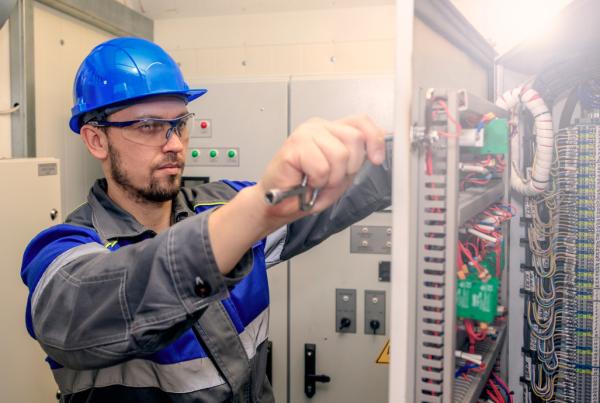Predictive maintenance (PdM) is the practice of having engineers inspect and evaluate the performance and condition of equipment, particularly industrial equipment, in order to prevent future failures. This practice is also known as condition-based maintenance and is a proven way of avoiding downtime.
When asked, over 65% of maintenance personnel suggested using predictive maintenance to both ensure the success of their maintenance program and to keep it cost-effective.
What Does Predictive Maintenance Include?
A significant part of predictive maintenance is condition monitoring, a process in which engineers continuously monitor the machines and equipment, their input, function, and output. Condition monitoring has three significant elements:
- Online monitoring. Machines and processes are monitored continuously, collecting core data such as critical speed, position, normal wear and tear, and more.
- Periodic mentoring. Here, engineers conduct a ‘vibration analysis’ to understand the energy lost per unit produced and trend analysis to see how long the machine or equipment can sustain the current operational levels and conditions.
- Remote monitoring. This allows the machine or equipment to be monitored remotely with the data being transmitted to engineers. Key points are recognized, and data is compared to optimal readings to make predictions.
Setting up a predictive maintenance program includes the following steps:
- Understanding the need for predictive maintenance, and how it can benefit your business.
- Analyzing the equipment’s history. This includes reviewing past data, such as:
- Equipment downtime
- Equipment defects
- Repair work performed on the equipment
- Equipment yield and energy losses
- Fines
- Safety violations and more.
- An ‘acceptable’ operational range is established.
- The equipment is appraised based on its current position and market
- Selecting model equipment for the program
- Evaluating past or existing preventive or predictive maintenance programs
- Analyzing the target equipment with respect to the models
- Implementing the new or revised predictive maintenance program.
Pros & Cons of Predictive Maintenance
Engineers have recommended using predictive maintenance for decades. The first recorded case was in 1990, but engineers believe it may have started well before that. Here is a list of many of the pros and cons associated with preventative maintenance:
| Pros | Cons |
| Cost-effective | Takes time to assess and implement |
| Minimized planned downtime | Complex and requires training |
| Maximized equipment/machine lifespan | Requires specialized maintenance tools |
| Increased employee productivity | |
| Improved workplace safety | |
| Increased revenue due to efficient operations | |
| PdM leads to better outcomes and balanced priorities |
The pros outweigh the cons here, making predictive maintenance a preferred method for companies to maximize the safety and output from their equipment.
If you would like to streamline operations and minimize or eliminate problems long before they arise, we recommend giving Skyline a call and scheduling a strategy session for your industrial equipment today. Our experienced and professional team can help you put the right practices in place for your business.




